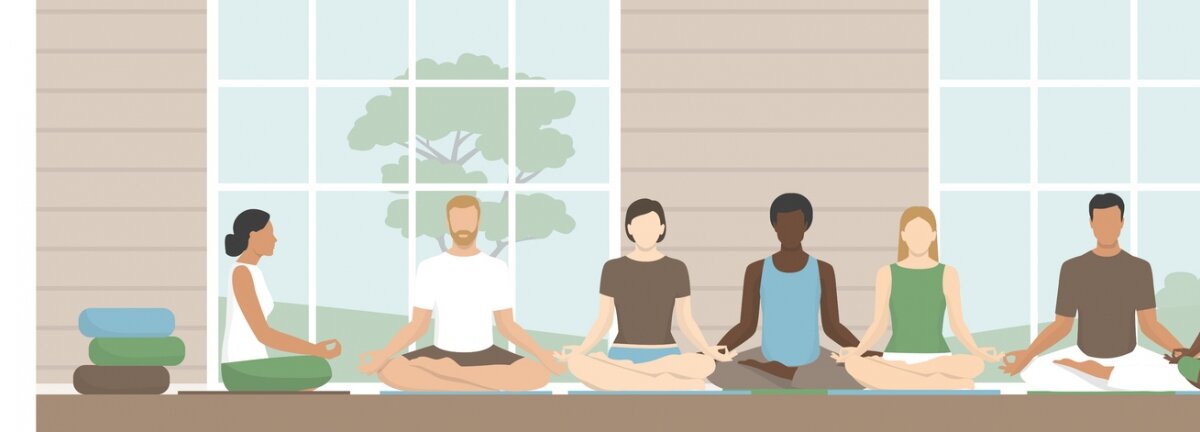Journal 10 on wellbeing and urban development

Welcome to Design Council’s journal. Today’s entry is on sleep quality, wellbeing and urban development.
A single sunbeam is enough to drive away many shadows. St. Francis of Assisi
Deborah Szebeko, Design Council Associate on wellbeing
An international study has revealed that 41% of the UK population’s mental health is at risk because of the COVID-19 crisis. When lockdown started I was keen to use both my experience of working in mental health and my hobby as a holistic sound practitioner to help people in some way.
I then found myself setting up weekly free online Sleep Sound Spa’s to help NHS frontline staff, vulnerable groups, communities and key workers across the UK get some much-needed rest and a good night’s sleep by running virtual sound meditations.
Furthermore, it has also been estimated that 90% of people with depression complain about sleep quality. Sleep is incredibly important for our mind and body. It acts as a defence against infectious diseases. Poor sleep can lead to the reduction in our immune system as our bodies produce cytokines during sleep which fight inflammation and infection. In this current situation, many of us will be affected by poor sleep from too much device use, going to bed later, stresses at work and the uncertain future. Read the full article on Deborah’s website.
Victoria, Lead Programme Manager on a lesson in urban development from China
I was once told that in urban development, we should ‘learn by doing’. That is, start by doing, then learn, and then do better.
This advice was shared with me by one of the 200 Chinese delegates at the Smart Cities Symposium in the city of Hangzhou, China. It fascinated me as the advice, in my experience, seemed quite unlike our approach in the UK. Here, I’ve engaged in brave and bold development projects which were the result of (and would only happen after) extensive and careful design and planning processes.
The ‘learn by doing’ approach seemed risky to me, even conceptually. However, during the trip, I visited the new fashion district in Hangzhou (photo below), which helped to illustrate this approach. The vibrant, cultural district was a prototype for the city, being developed and iterated within the delivery process. We also visited the City Brain Centre and Artificial Intelligence City in the region, which were examples of live, working prototypes for smart city systems.
It seemed that in China, prototyping and iteration were innate to urban development at any stage. This led me to think that whatever the approach — learn then do or do then learn — (rapid) prototyping and iteration are key to innovation and growth.
This entry was originally published on our journal on Medium.
The views and opinions expressed in this journal are those of the authors and do not necessarily reflect the official policy of Design Council.
Subscribe to our newsletter
Want to keep up with the latest from the Design Council?
